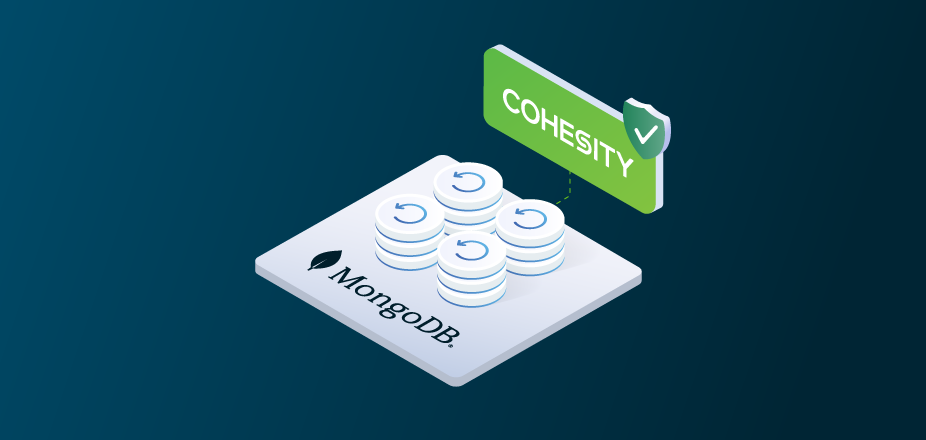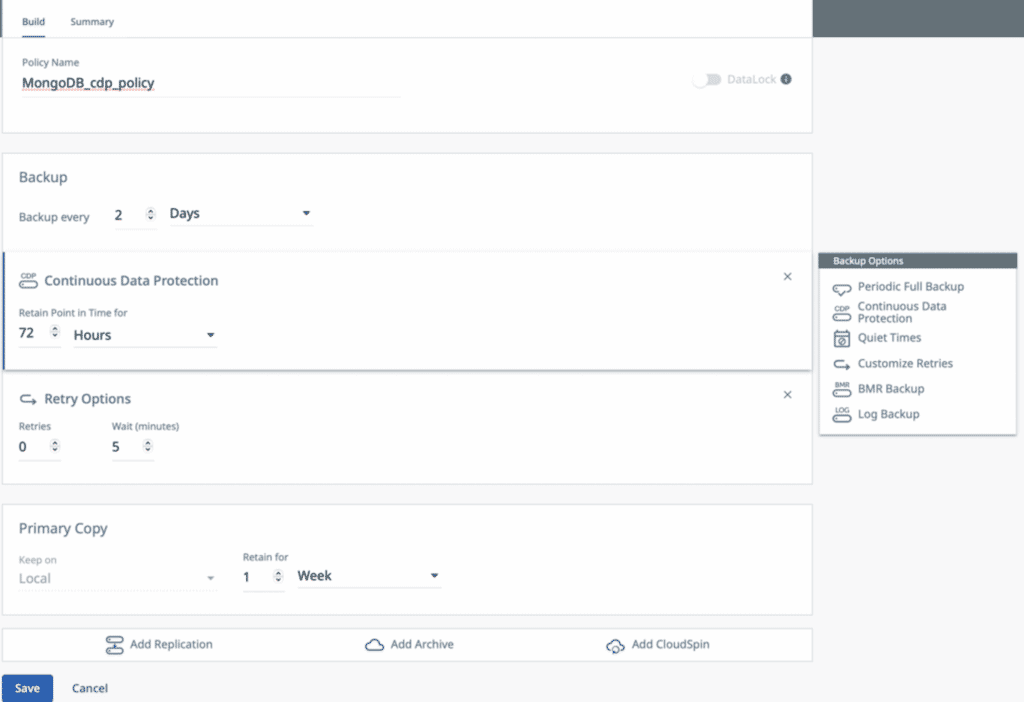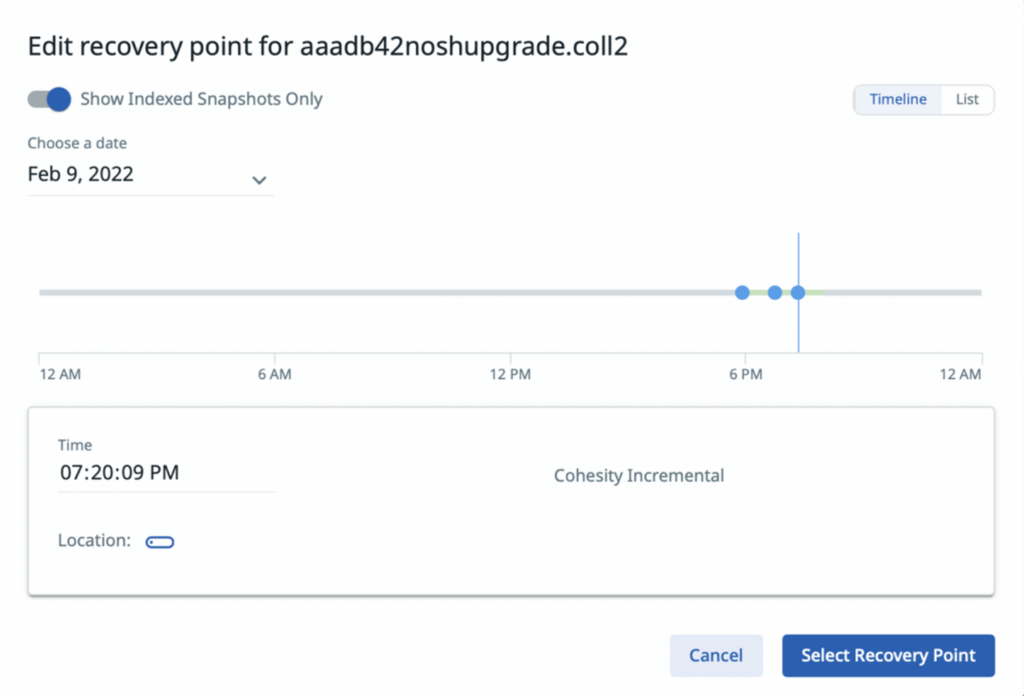When it comes to running an organization efficiently, keeping risks low and data loss to a minimum are essential. Implementing a solid data protection strategy and having data resilience policies in place can ensure business continuity and help risks and loss stay low.
A Recovery Point Objective, or RPO, is a critical component of a data protection plan and recovery strategy. The RPO is the maximum acceptable amount of data loss an application can tolerate before causing harm to the business. Like choosing the proper database for the organization’s applications, the right RPO is key.
Why a Near-Zero RPO?
MongoDB has been gaining popularity as an enterprise database for modern enterprise applications and was ranked as the #1 preferred NoSQL database by developers in a recent Stack Overflow developer survey.
Users have highlighted their overall experience and satisfaction through numerous reviews with Gartner Peer Insights. Some of the benefits MongoDB brings to their mission-critical applications include:
- High availability
- Horizontal scalability
- Flexibility
- Development ease
More than 26,000 enterprises have built critical business applications on MongoDB with wide-ranging examples such as applications for healthcare records, insurance records of policyholders, government applications to maintain citizenship information, and complex supply chain applications at modern enterprises.
Applications like these have rigorous data protection requirements. Data loss can be an unpredictable event and you should try avoid it at all costs. And the ability to protect every individual change to the database, ever-shrinking Recovery Point Objectives (RPO), lends a competitive edge. In addition, it is also critical that the data be restored to the desired state sooner, an indication of an ever-reducing Recovery Time Objective (RTO). Every loss of data or the delay in time to restore data can lead to:
- Revenue loss
- Legal / penal losses
- Reputation loss
According to MongoDB, every minute of database downtime can cost companies an average of $7,900. For all of these reasons Continuous Data Protection (CDP) for MongoDB is a solution that every organization should plan to implement, and Cohesity is proud to show the way.
Cohesity MongoDB CDP Service
MongoDB stores an ordered history of logical writes to a MongoDB database. For a replicated MongoDB database across multiple regions, MongoDB ensures that the secondary nodes replicate the changes committed to the primary node of the replica set. Cohesity has introduced a MongoDB CDP service that continuously tracks the updates to the logs. The CDP service records the changes to the Cohesity DataProtect platform and creates a timeline that allows users the flexibility to recover from any point on that timeline.
Figure 1: CDP Schematic Flow
Starting with Cohesity DataProtect version 6.6.0d, MongoDB CDP allows Cohesity backup administrators to leverage the power of CDP and protect their critical MongoDB databases from risks caused by ransomware, cyberattacks, bad internal actors, and other failures.
CDP Backup and Recovery
To enable CDP backup for MongoDB collections, the first step is to create a CDP policy by determining the retention timeline for the CDP logs, as indicated in Figure 2 below.
Figure 2: CDP Policy Creation
After successfully creating a CDP policy, select the MongoDB collections and associate the CDP policy with those. That’s how easy it is to enable CDP for MongoDB collections.
Recovery from a CDP policy backed MongoDB collection is equally simple. Search for the MongoDB collection you want to recover. CDP backups are represented as a continuous timeline between dots that signify incremental backups, as indicated in the image below.
Figure-3: MongoDB Collection Timeline
Select any point on the timeline, and Cohesity will recover from the most recent incremental backup. Each incremental backup is a fully hydrated copy of the state of the collection at that point-in-time. Once this point-in-time backup is restored, you can then replay all the logs until the time chosen.
The Cohesity Advantage
Cohesity makes it simple to enable CDP for MongoDB collections with these three steps:
- Define a CDP policy
- Select MongoDB collections, and
- Associate the CDP policy with the collections
Cohesity’s agentless architecture frees you from costly agent maintenance and allows seamless handling of topology changes to the Mongo database cluster.
With an end-to-end integration, you can sleep easy knowing that every transaction to your critical MongoDB databases can be protected against ransomware attacks and human errors.


















